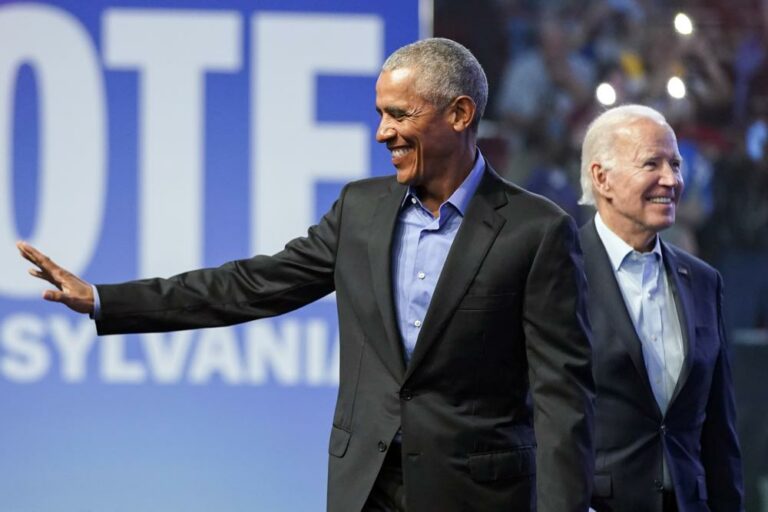 Gasoline prices have started their annual springtime migration higher, but motorists should still save money at the pump in 2016.
Gasoline prices have started their annual springtime migration higher, but motorists should still save money at the pump in 2016.
The national average price for a gallon of regular has risen for eight straight days — the first time that has happened since last May, according to the auto club AAA — to about $1.79 on Wednesday. That’s still 54 cents cheaper than at this time last year.
Forecasters say prices should rise at least 30 cents or more by June. Demand will rise as people drive more, and supplies will tighten when refiners slow down to perform maintenance and switch to more expensive summer fuel blends.
The U.S. Energy Department predicts that the national average for a gallon of regular gasoline will peak at $2.08 from June through August. Tom Kloza, an energy analyst with the Oil Price Information Service, says the peak will be between $2.10 and $2.50 a gallon.
Either forecast would leave prices well below recent years. From 2011 to 2014, the national average on June 1 topped $3.60 and some places saw gas over $4.
Gas is cheaper because a glut of crude has caused oil prices to tumble. Even with a 30 percent rally since Jan. 20, benchmark U.S. crude closed Tuesday down 68 percent from its June 2014 peak.
Motorists may enjoy the relative bargain for a while. The Energy Department expects crude prices to average about $38 a barrel this year and $50 next year. That forecast was made before Saudi Arabia’s oil minister forcefully rejected production cuts during a speech to a major oil-industry conference last week in Houston.
Oil prices have been undercut by demand that turned out to be weaker than expected, especially in China and other developing countries. But for the most part, it’s a case of oversupply — more crude is gushing into world markets than consumers and industry need.
Last month, commercial inventories of U.S. crude topped 500 million barrels for the first time; they are more than one-third above their five-year average. Iran is expected to produce more oil now that it is free from international sanctions. And producers like Saudi Arabia, who could cut supply to prop up prices, are continuing to pump away instead.
Lower oil prices have led to layoffs at drilling companies and contributed to weakness in the stock market, but cheaper gasoline and heating oil are putting more money in consumers’ pockets.
The U.S. Energy Department estimates that the average household saved $660 because of cheaper gas in 2015 and will save another $320 this year.
Chris Christopher, director of consumer economics at research firm IHS, said consumers will gradually spend more of their gas savings as they believe that cheaper pump prices will last a while. More consumer spending should boost the economy.
“In West Texas, they are in a recession,” Christopher said, “but it’s a net positive for the United States and most developed economies that don’t depend too much on energy prices for their livelihood.”
Last year, the JPMorgan Chase Institute looked at records from 26 million debit and credit card holders and concluded that gas savings varied greatly by income and region. The card holders spent about 80 percent of their savings, almost 20 percent of it at restaurants. They also increased spending at department stores and on entertainment, electronics and appliances.
Gasoline prices vary by region of the country. Californians usually pay among the highest gas prices, and on Tuesday the average for regular there was $2.41 a gallon — only Hawaiians paid more. Arizona had the cheapest average at $1.53 a gallon, according to AAA.
A few stations even sold gas for under $1 last month, although they appeared to be marketing gimmicks, said AAA spokesman Michael Green.
Several stations in Oklahoma City were under $1.10 in February, but that was before two refineries serving the central U.S. announced cutbacks in production because of low prices. On Tuesday, the best price in Oklahoma City was $1.45, according to GasBuddy.com.
“That flirtation with less-than-$1 gas is over,” said Kloza, the oil analyst.
(AP)










